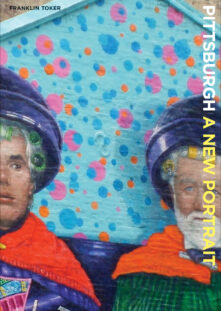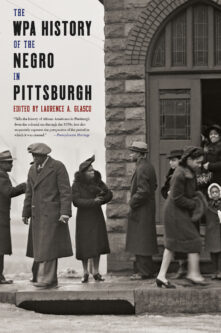Search Results
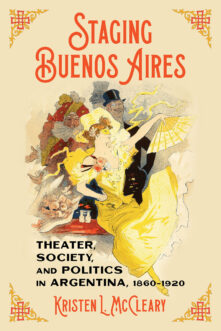
Staging Buenos Aires
Theater, Society, and Politics in Argentina, 1860-1920
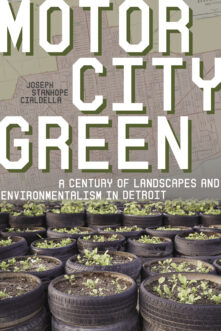
Motor City Green
A Century of Landscapes and Environmentalism in Detroit
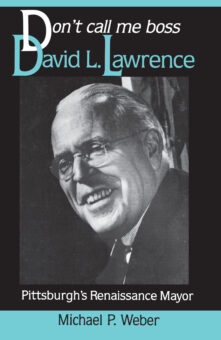
Dont Call Me Boss
David L. Lawrence, Pittsburgh’s Renaissance Mayor
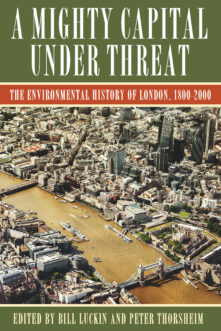
A Mighty Capital under Threat
The Environmental History of London, 1800-2000
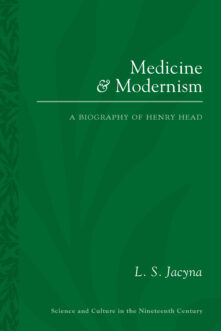
Medicine and Modernism
A Biography of Henry Head
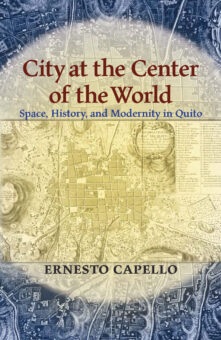
City at the Center of the World
Space, History, and Modernity in Quito
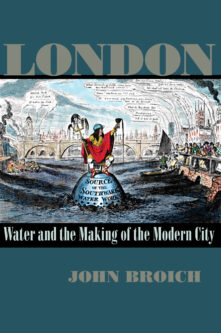
London
Water and the Making of the Modern City

Development Design
Hotels and Politics in the Hispanic Caribbean
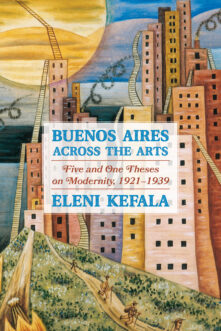
Buenos Aires Across the Arts
Five and One Theses on Modernity, 1921-1939
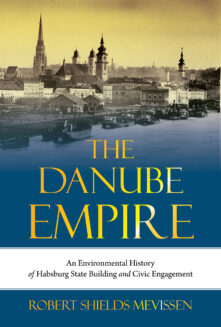
The Danube Empire
An Environmental History of Habsburg State Building and Civic Engagement

Sanitizing Moscow
Waste, Animals, and Urban Health in Late Imperial Russia
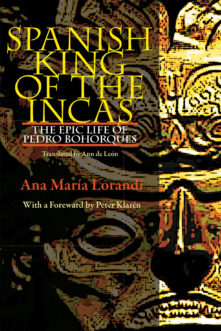
Spanish King Of The Incas
The Epic Life Of Pedro Bohorques
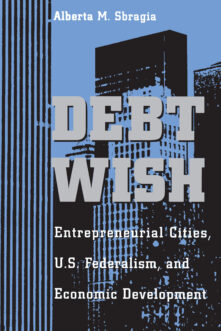
Debt Wish
Entrepreneurial Cities, U.S. Federalism, and Economic Development
Your search for "Urban Rivers : Re-making Rivers, Cities and Space in Europe and North America" returned 644 results


